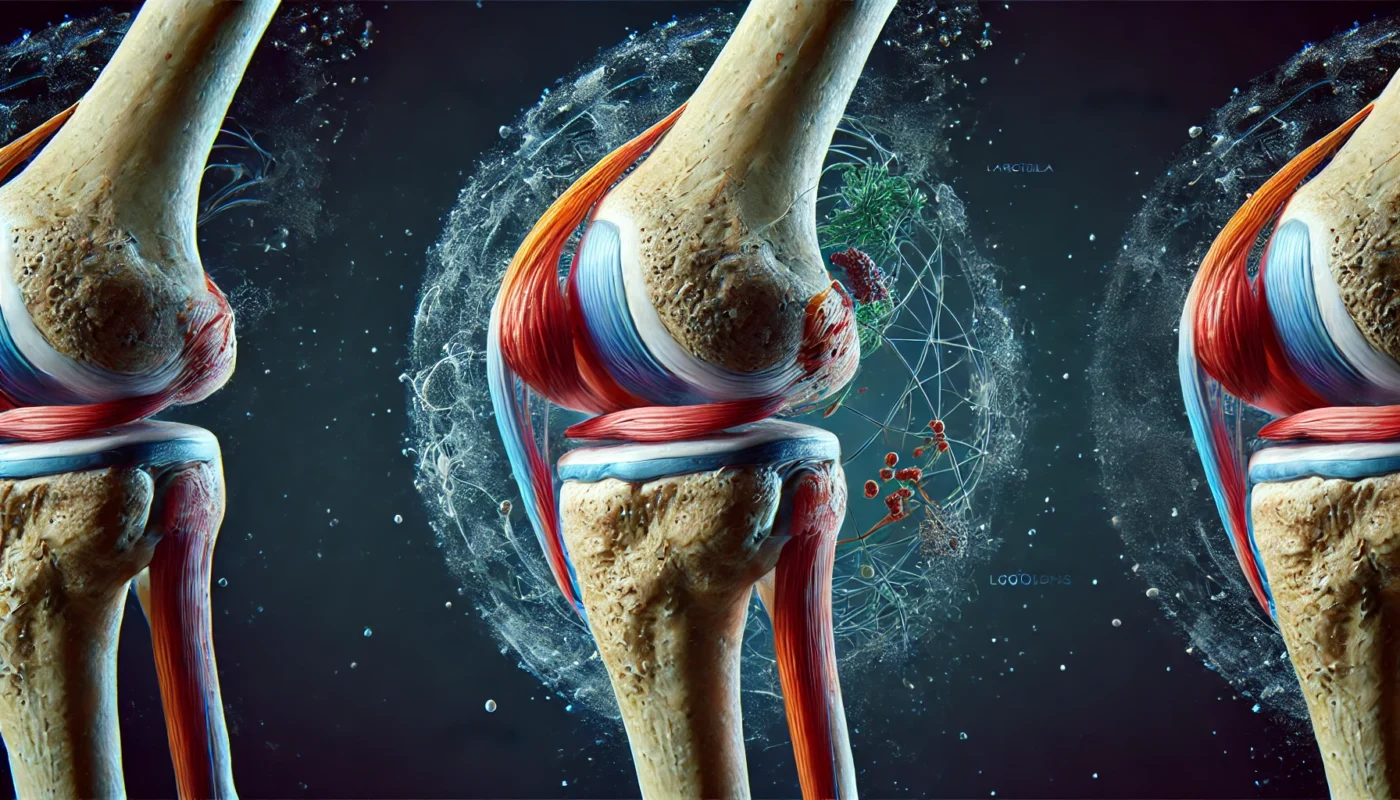Pain management is a critical aspect of healthcare, especially for individuals grappling with chronic conditions or recovering from surgery and injuries. With a plethora of options available, understanding which techniques are most effective can be overwhelming. In this article, we delve into the top pain management techniques, drawing from a blend of traditional and holistic approaches, to offer a well-rounded perspective that can aid in alleviating discomfort and enhancing quality of life.
Tag Archives: massage therapy
Pulled muscles, or muscle strains, occur when muscle fibers are overstretched or torn. This condition can result in pain, swelling, and limited muscle function. Commonly affecting athletes and active individuals, pulled muscles require effective management to ensure quick recovery and prevent further injury. Traditional treatments include rest, ice, compression, and elevation (RICE), physical therapy, and sometimes medications. However, acupuncture presents a compelling alternative or complement to these approaches.
The knee joint is a synovial joint, which means it’s surrounded by a capsule that produces synovial fluid. This fluid is essential for reducing friction between cartilage surfaces during movement. Think of it as the engine oil of your joints, providing the necessary lubrication for smooth operation.
Arthritis is not a single disease but a collective term for various conditions that affect the joints. The most common form, osteoarthritis, occurs due to wear and tear, while rheumatoid arthritis is an autoimmune disorder. Understanding the underlying causes of arthritis can aid in developing effective prevention and management strategies.
Arthritis is a prevalent condition that significantly impacts the quality of life for millions of individuals worldwide. While many factors contribute to the development and progression of arthritis, recent research has highlighted the influence of specific proteins. This article delves into the intricate relationship between proteins and arthritis, examining how certain proteins can exacerbate joint pain and inflammation, and providing insights into holistic strategies for managing these effects.
Arthritis is a common condition that causes pain and inflammation in the joints. It affects millions of people worldwide, impacting their quality of life.
One of the most frequently asked questions is, “Is Tylenol good for arthritis?”
Tylenol, also known as acetaminophen, is a popular over-the-counter medication. It’s often used to relieve mild to moderate pain and reduce fever. But how effective is it for arthritis pain?
This article aims to explore the effectiveness of Tylenol in managing arthritis pain. We’ll delve into the science behind how Tylenol works and compare it with other pain relievers like ibuprofen and Advil.
We’ll also provide practical advice on how to use these medications safely and effectively. Our goal is to help you make informed decisions about your health and wellness.
Whether you’re a fitness enthusiast, a health enthusiast, or a medical patient, this article is designed to provide you with detailed, practical, and scientifically-backed information.
So, let’s begin our exploration of Tylenol’s effectiveness for arthritis pain.
Pain is a universal experience. It’s a signal from our body that something is not right.
Over-the-counter (OTC) pain relievers are often our first line of defense. They are readily available and can effectively manage various types of pain.
But with so many options, how do you know which one is the best for you?
This article aims to shed light on this question. We will delve into the world of OTC pain relievers, comparing their effectiveness, uses, and potential side effects.
We will focus on the most common ones: acetaminophen, ibuprofen, naproxen, and aspirin. We’ll explore their mechanisms of action and their suitability for different types of pain.
Whether you’re a fitness enthusiast dealing with muscle pain, a health enthusiast seeking to optimize your wellness, or a medical patient managing a health condition, this article is for you.
By the end, you’ll have a comprehensive understanding of OTC pain relievers. You’ll be equipped to make an informed decision about managing your pain effectively and safely.
Joint inflammation can be a significant hurdle in the pursuit of an active and healthy lifestyle. It’s a common issue that can stem from various causes, including arthritis, injury, or overuse.
Understanding the science behind joint inflammation is crucial. It can help you make informed decisions about your health and wellness.
This article aims to shed light on natural remedies for managing joint inflammation. We’ll delve into the research behind these remedies, providing a comprehensive guide for those seeking relief from joint pain.
We’ll explore dietary strategies, highlighting foods known for their anti-inflammatory properties. We’ll also discuss the role of physical activity and the importance of rest and recovery for inflamed joints.
Natural supplements and herbs will be another focus. We’ll examine the benefits of Omega-3 fatty acids, antioxidants, and herbal remedies like turmeric and ginger.
Alternative therapies such as acupuncture, massage, and mind-body practices will also be discussed. We’ll look at their effectiveness in managing joint inflammation and improving overall wellbeing.
Lastly, we’ll touch on the integration of these natural remedies with traditional treatments. We’ll emphasize the importance of consulting with healthcare providers to ensure a safe and effective approach to joint inflammation management.
Embark on this journey with us to discover how you can manage joint inflammation naturally and effectively.








